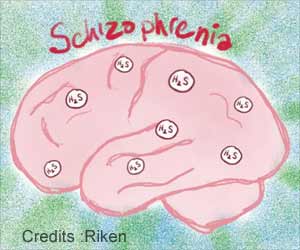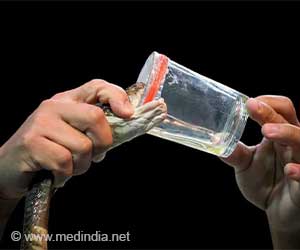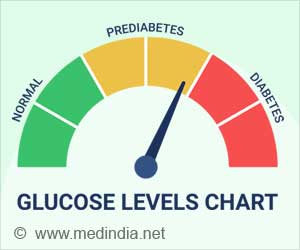It may be possible to identify the risk of schizophrenia and bipolar disorder years prior to the onset of the illnesses.
- The risk of mental health issues can be identified during childhood in about 50% of people
- Early intervention can help improve outcomes for people with serious mental illness.
TOP INSIGHT
The risk of schizophrenia or bipolar disorder can be predicted during childhood.
Global Burden of Schizophrenia and Bipolar Disorder
About 65 million people worldwide suffer from mental diseases like schizophrenia and bipolar disorder. Both illnesses are frequently diagnosed in adulthood and are linked to significant levels of disability and individual and social costs. However, it is well established that early intervention improves outcomes for those who suffer from these conditions.The researchers followed every person born in 1987 throughout childhood and adolescence to determine whether they ever attended CAMHS from birth to 17 years. They did this using Finland's top-ranked healthcare records.
The researchers were then able to track all these people up to the age of 28 and determine who went on to receive a diagnosis of schizophrenia or bipolar disorder by using distinctive patient identifiers.
They discovered that the likelihood of psychosis or bipolar illness by 28 years for people who had not seen CAMHS was 1.8%. However, the risk was 15% for those who had attended adolescent outpatient CAMHS. It was 37% for people admitted to an inpatient adolescent CAMHS hospital.
“We know it is crucial to intervene as early as possible to prevent some of the worst effects of these illnesses. But ideally, we would like to be able to intervene even before the onset of illness, to prevent it altogether. These findings highlight the possibility of intervening far earlier than we do at present, even in childhood and adolescence, to prevent these serious mental illnesses from emerging,” said Professor Ian Kelleher.
 MEDINDIA
MEDINDIA





 Email
Email










